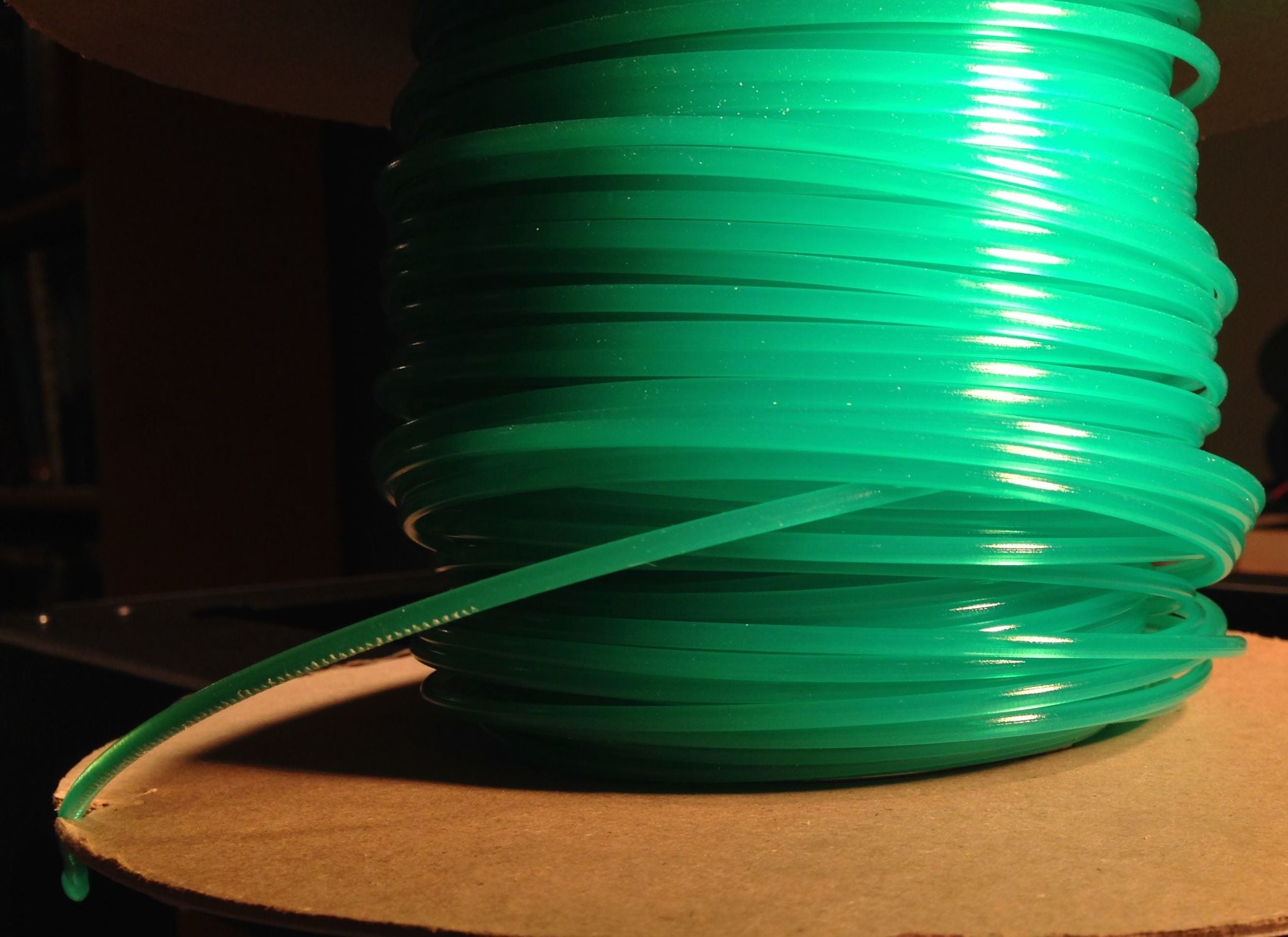Of the numerous issues that can fail your 3D print, spooling issues are among the most frequent.
In the case of plastic extrusion 3D printers, a material filament is fed from a spool into the hot end to effect printing. The printing will succeed only if the filament is properly delivered from the spool, underlining the importance of the often designed-as-an-afterthought spool.
So what can go wrong? We came up with a list of common scenarios and what you might do to mitigate them:
- Tangles: Have you ever left a loose filament end on an unused spool? Don’t. There’s a possibility the end might become looped under one of the other strands. You might not even notice it – until the print stalls when the loop becomes a snag. Always keep the filament ends secured; many spools now include a small notch or hole to put the end through. Do It.
- Tube Issues: Many personal 3D printers include a plastic guide tube to lead the filament directly to the extruder. Normally they work quite well, but sometimes they don’t. If there is debris hidden in the tube or even broken filament strands (YES, we have actually seen this), your filament will experience a lot of extra friction. Friction can also occur if there’s a bend in the tube. While the extruder may appear to work normally, the motors will be working harder and in the case of stress (e.g. a slightly wider diameter segment of filament), the print may stall. Keep your tubes clean! There’s also a theory that you can lubricate them, but we’re not convinced this is a good solution.
- Rotational Issues: Some spools sit on a fancy hub with a bearing that ensures almost frictionless spinning. Others just sit on a stick. Guess which approach ensures more reliable printing? Yeah.
- Curve Issues: When brittle materials such as PLA are printing, you may encounter issues when you’re almost at the end of the spool. That’s because the brittle material retains the “curve” shape as it was tightly wound around the small inner diameter of the spool. These “curvy” filament segments may have to traverse guide tubes that might be straight. What does this mean? Friction. Lots of it. That’s the moment when your print may fail. There’s little you can do other than buy spools that have larger inner diameters and cross your fingers.


